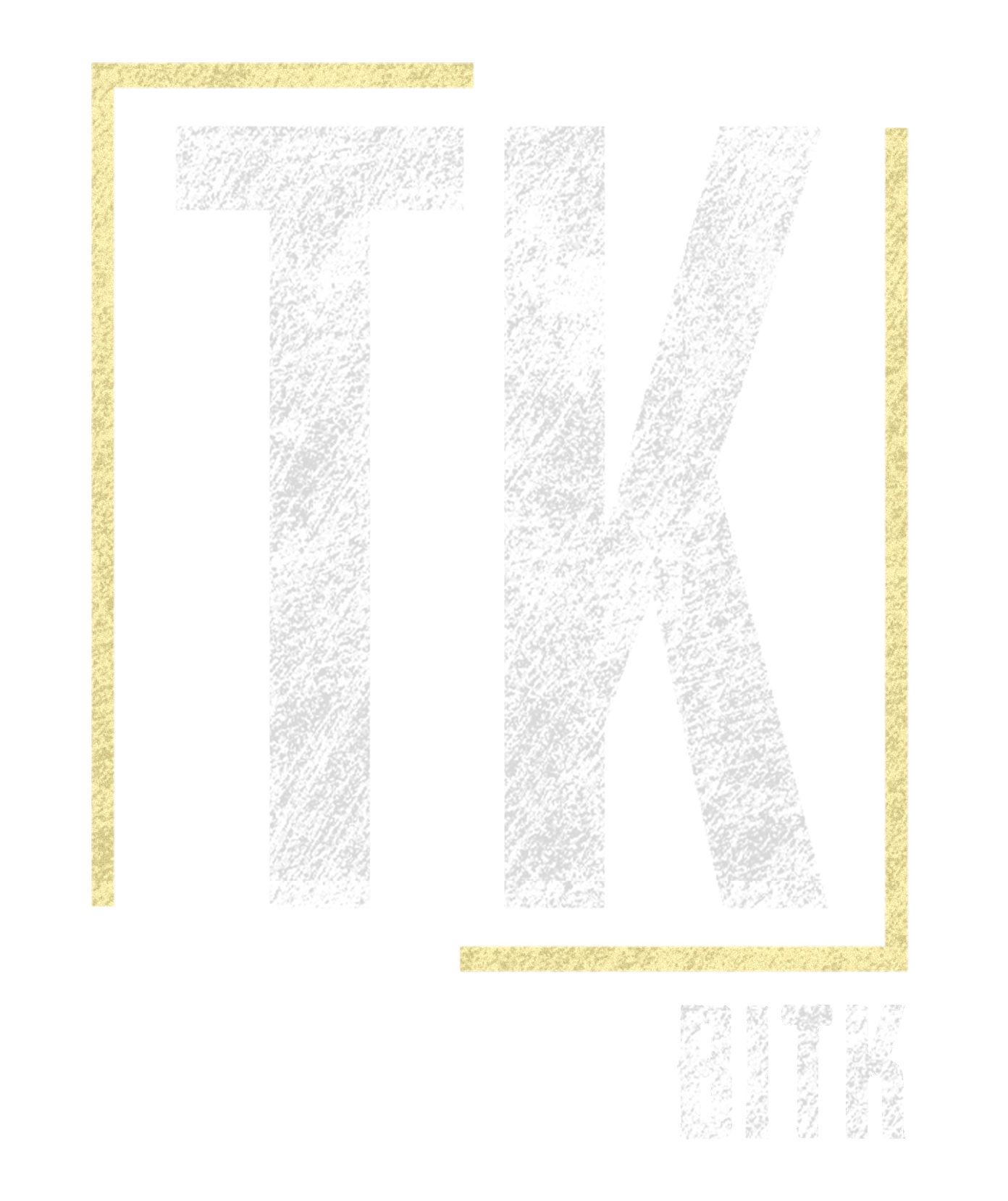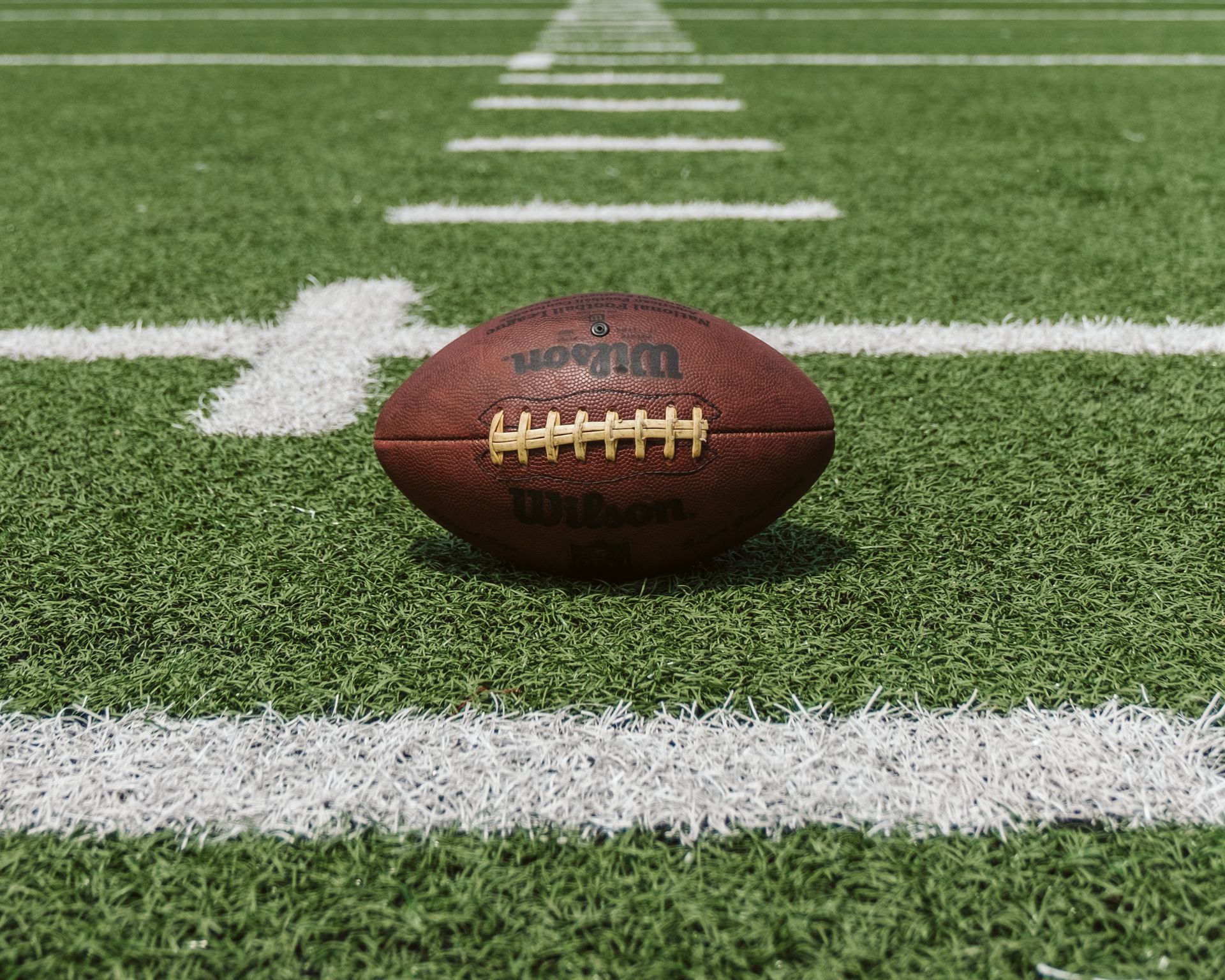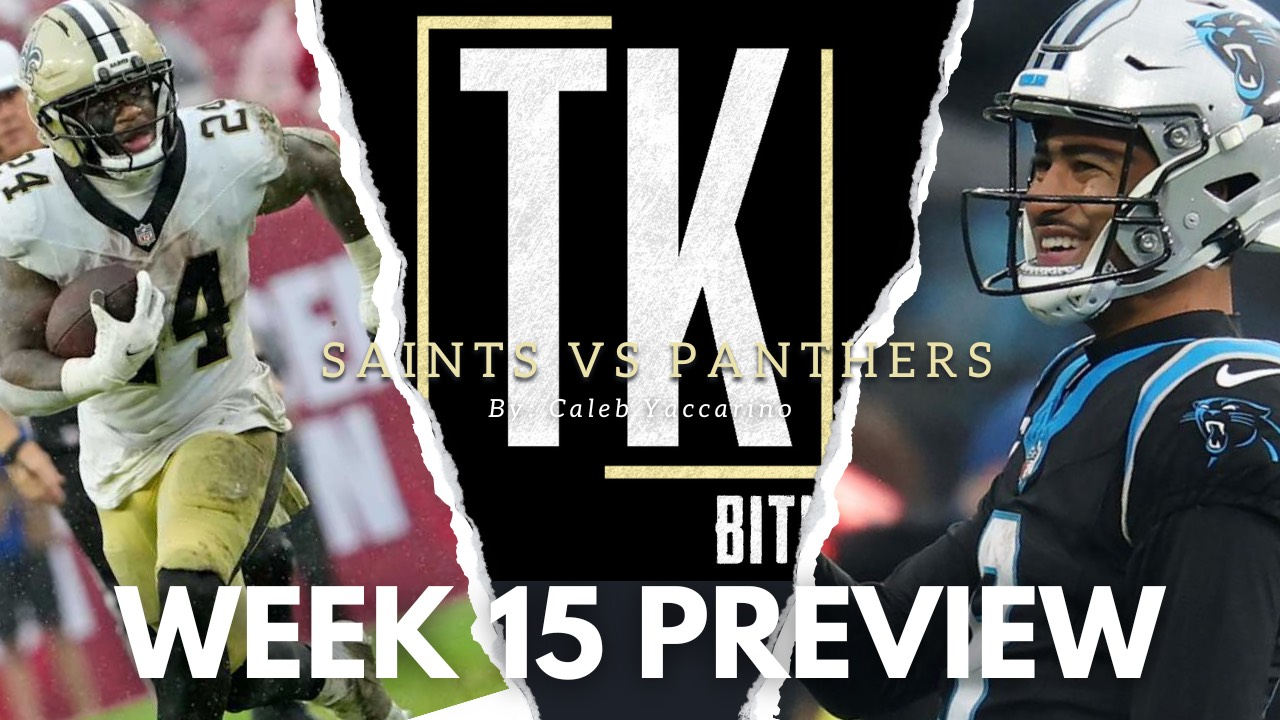To RB or Not To RB – is Zero-RB Worth It?
Growing up, my family had cookouts any time the sun was out and there was a reason to celebrate, which ranged from birthdays to holidays to just any weekend day where we were all awake and willing to congregate. These frequent get-togethers were a test of Darwin’s theory in the aspect of hunger. As soon as the fajitas were cooked, it was first-come first-served. Rice and beans are done – better get a plate and load up. Brisket done – you better believe some of the uncles and brothers were grabbing it hot from the grill, so even when it makes it inside it’s not untouched. Sometimes, when the timing was perfect, you could create a plated meal with an entrée, side, appetizer, all at the same time with a satisfying leaning-because-it’s-heavy paper plate. Timing is rarely perfect, so most times it was eat-when-done, or don’t eat at all. The outsiders- friends/spouses/neighbors - who were used to traditional, sit-down meals would learn very quickly that if you wait too long, you’re left with some bread, a tortilla, and maybe one flat cup of iced soda.
I’ve seen more traction lately on the “Zero-RB” fantasy strategy as we get closer to the peak of fantasy draft season. From a non-expert who maybe plays 3-4 leagues a year at most, I was intrigued to research some of the success and community feedback around this strategy.
Zero-RB does not mean you literally draft zero running backs to your team (please don’t), yet it assumes the theory that you can attain better value in your top picks by focusing on the standout players in other positions, needing to statistically find those boom-RBs in middle-to-late round picks.
Let’s consider this year’s ADP, where most lists are roughly identical, which I’d bet that less than half of the top-20 players are running backs. Looking at last year, 3 of the top-5 projected backs actually matched that potential (CMC, Henry, Ekeler) with a few busts to consider like Jonathan Taylor and Najee Harris (both still inside the Top-20, but initially ranked within the Top-10). Looking at the lists of ADP vs output has some standout differences that do prove you can potentially find some great value in picks outside the traditional top-20 backs, however consistency is key in fantasy.
FantasyPros accumulated the Boom-Bust Percentage in 2022 by player, where within the best five backs at the end of the season, the highest bust percentage was 7% (the top two backs saw ZERO busts). Your five best receivers in 2022 saw ranges of almost 20% bust ratios, with Justin Jefferson (the top receiver) having that exact ratio. Jefferson is sitting as the number one or two right now in most rankings, as he should, but if you asked me to plainly pick a player who might see 20% of their games underperforming or 0%, I choose the latter. Yet, I can’t deny that I wouldn’t leap at Jefferson as my top pick because, well, it’s Justin freakin’ Jefferson, and I in terms of WRs he’s the best bet. That’s why sometimes statistics and over-strategizing can get in the way of what you need to do as a fantasy manager, especially in your initial first picks that will yield you some of the best pieces of your team (hopefully).
Does that mean you draft to fill positions first, then? Some players will tactfully fill their starters first before leaning on bench spots (i.e. getting their two RBs, their two WRs, their TE, etc. before drafting more backup spots). That strategy is almost less valuable, wasting precious roster space for best-available to fill unimportant voids that can probably be flexed or streamed if needed. Would you rather want a full plate of the hottest, most-tender brisket slices and have to decide if you want less of potato salad or beans later – or settle for a decent brisket slice now to portion out the sides and potentially go back for a colder, harder piece of meat?
There’s stats and websites and rankings and everything in between to support one strategy or the other, but truly there’s no formula that can predict the outcome of the best strategy. That’s why Zero-RB shouldn’t be an option for you unless you want to mess around in your mock drafts (and what’s that saying currently trending right now - the more you [mess] around, the more you find out?). The most difficult piece for Zero-RB is that you need to NAIL those mid-round boom running backs, where in most cases even full-time analysts consistently miss the mark with projections year after year.
Some individuals play in many different leagues (my close friend in particular plays at least 10 leagues every year), so in that case where maybe you have some leverage, get risky and have some fun if you want (in other words, go ahead and eff around to find out). When it comes to drafting though, I’d like to think you’re at the Salinas family cookout. You have to take the best dish available as soon as it hits the table. That fresh plate of Nick Chubb is going to go to Joe Schmoe if you decide to get cute, and you might miss out on an amazing anchor for your team. First-come, first-served.
Make sure to follow
Rob on Twitter.
A quick share helps us a lot!



